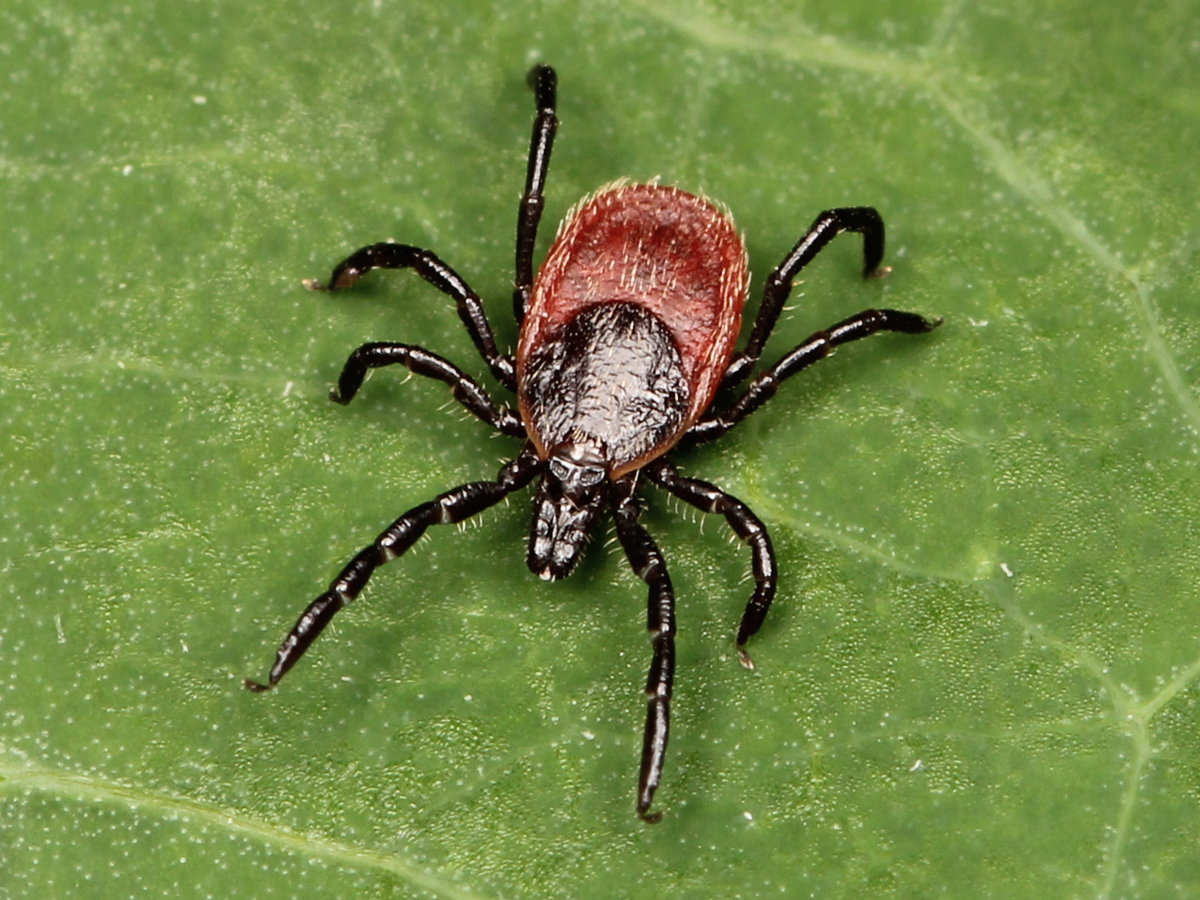Migratory birds are spreading Lyme disease to new places
02/09/2019 / By Janine Acero

A mass migration of birds may be amazing to behold, until they leave countless disease-ridden ticks in their wake.
In the U.S., the disease-laden ticks spread in the Northeast and Midwest through dogs which serve as carriers for the Borrelia burgdorferi infection.
In 2008, Canadian veterinarians worked on a project which looked into an anticipated wave of Lyme disease and determined its point of origin. Twenty years earlier, researchers from the Tufts University used canine cases of Lyme disease to predict risk factors for the disease in both dogs and humans. They found that they could accurately predict the incidence of Lyme disease in people by looking at disease rates in dogs.
The Tufts researchers found that dogs living at lower altitudes, such as along the coast, were five times more likely to be infected than others, while dogs that spent more time in the fields, such as sporting or livestock dogs, were four times as likely.
Following suit from the Tufts research, the researchers from Canada gathered reports from 238 veterinary practices involving over 80,000 dogs. The study, published in 2011, highlighted that Lyme disease moved steadily north of the U.S. border, and that the risk was “low but widespread,” with distinct areas of higher prevalence. (Related: Lyme disease is about to explode across North America….with no cures in sight.)
However, bird and tick researcher John D. Scott studied the report and noticed that the highest rates of infected dogs were not along coastlines or near patches of forest that are known to be hot-beds of Lyme disease.
Highest rates of infection follow avian migration paths
Scott discovered that the path of highest infection followed “aerial highways” used by migratory songbirds – common yellowthroat, golden-crowned sparrow, Swainson’s thrush – on their annual north-to-south migration. Scott long believed that the birds have been spreading ticks as they always had, but this time with B. burgdorferi, the Lyme disease pathogen.
After interpreting the canine data, Scott discovered that the growing epidemic followed the path of the country’s migratory flyways. The highest rate of infected dogs aligned with three out of four migratory bird highways in Canada, namely: the Atlantic flyway – running through the Maritime Provinces, southwestern Quebec, and southern Ontario; the Mississippi flyway, which passes through north-western Ontario and southern Manitoba; and the Pacific flyway, which goes north into southwestern British Columbia.
Scott and his colleagues obtained 481 ticks from 42 species of migratory birds, such as Oregon juncos, spotted towhees, swamp sparrows, and American robins. The birds were carrying 15 different species of ticks, and nearly 30 percent of 176 Ixodes ticks were found to be infected with Lyme disease.
Worse still, the researchers found that half of the larval ticks were infected immediately after their first meal. They concluded that the “larvae almost certainly acquired Borreliae directly” from the migrating birds, which means the animals could bring the ticks into Canada and also infect them with the pathogen.
Mass migration is expected to deliver more infected ticks in the coming years
Every spring, it is estimated that there are about three billion tick-laden birds that bring some 50 to 175 million black-legged ticks (I. scapularis) into Canada. Researchers discovered that some of the birds that arrived in Nova Scotia were heavily infested with ticks, and posited that the animals must have stopped along the Atlantic flyway in the northeastern U.S., where the ticks have been rampant for years. Some of the imported ticks came from as far south as Brazil and dropped their cargo as far north as the Yukon.
In 2008, the Public Health Agency of Canada mapped the future expansion of ticks and Lyme disease throughout the country. Populations of black-legged ticks came from a single location in the far south of Ontario to other locations such as Lake Erie, Thousand Islands National Park, Nova Scotia, and southeastern Manitoba.
The researchers are closely observing the “index of tick immigration,” with data fed into a computer simulation, projections of warmer climate, the tally of forested land, and the range of known tick populations. A mass migration is expected to deliver more disease-laden ticks in the coming years, in the form of beautiful waves of songbirds.
Sources include:
Tagged Under: avian migration, Black-legged ticks, canine, Diseases, dogs, ecosystem, infection, Lyme disease, mass migration, migratory birds, outbreak, Public Health, songbirds, tick-borne diseases, ticks, wildlife

















